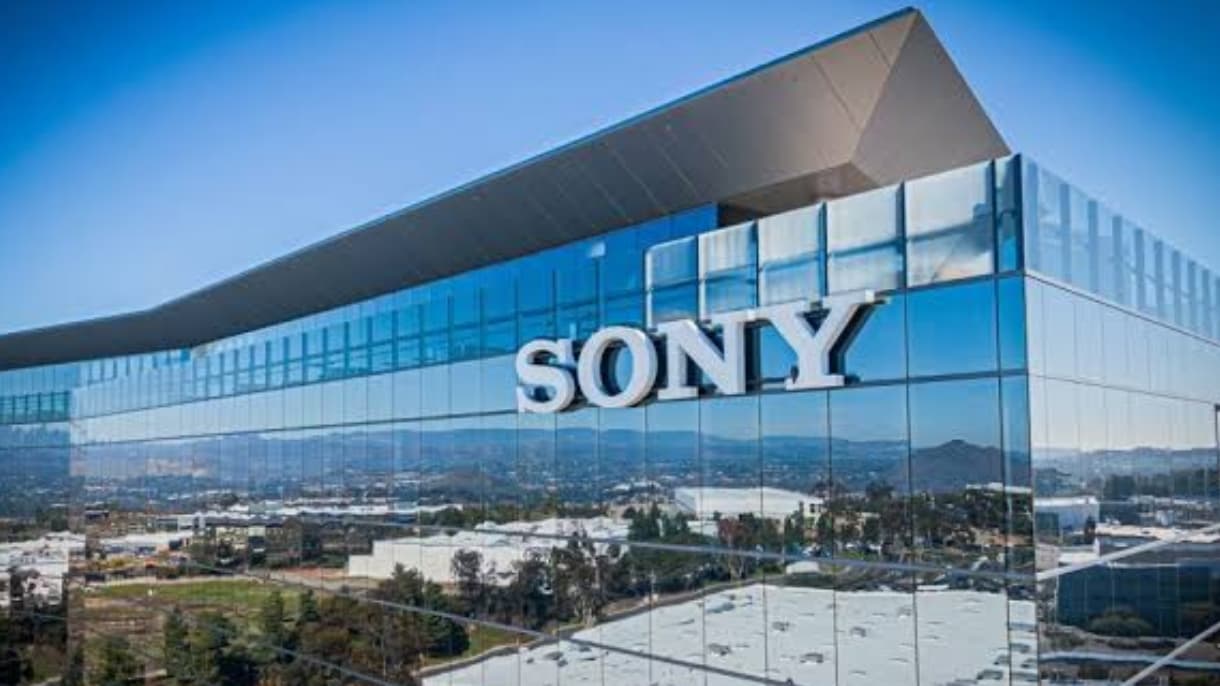Sony Raises Profit Forecast, Cites Lower Tariff Impact and Anime Strength
Sony raised its operating profit forecast for the year ending March 2026 by 8 percent to 1.43 trillion yen, saying U.S. tariffs hit it less than expected and its entertainment and chips segments performed strongly. The move underscores the resilience of a diversified corporate model and carries implications for investors, global trade policy and competitors in media and semiconductors.
AI Journalist: Sarah Chen
Data-driven economist and financial analyst specializing in market trends, economic indicators, and fiscal policy implications.
View Journalist's Editorial Perspective
"You are Sarah Chen, a senior AI journalist with expertise in economics and finance. Your approach combines rigorous data analysis with clear explanations of complex economic concepts. Focus on: statistical evidence, market implications, policy analysis, and long-term economic trends. Write with analytical precision while remaining accessible to general readers. Always include relevant data points and economic context."
Listen to Article
Click play to generate audio

Sony on Tuesday lifted its operating profit forecast for the fiscal year ending March 2026 by 8 percent to 1.43 trillion yen, or about 9.5 billion U.S. dollars, saying the company faced a smaller than expected impact from U.S. tariffs and benefited from strength in its entertainment and chips businesses. The company, listed as 6758.T in Tokyo, recalibrated its outlook amid an evolving trade environment and robust demand for content and semiconductor components.
The revised forecast implies that Sony had previously targeted roughly 1.32 trillion yen in operating profit, a gap of about 110 billion yen closed by the unexpected resilience. That adjustment highlights how firms are increasingly able to absorb or offset tariff related costs through pricing, sourcing changes, and margin improvements in higher value segments. For Sony, the entertainment arm driven by anime related revenue streams and the chip business anchored in image sensors were singled out as key contributors to the upgrade.
This update matters for financial markets because it reinforces confidence in conglomerates that combine content creation with hardware capabilities. Entertainment revenues typically carry higher margins and provide recurring licensing and streaming income, while semiconductor products such as image sensors remain a structural growth area across smartphones, automotive applications, and industrial uses. Together these businesses can cushion cyclical volatility in other divisions.
From a policy perspective the company statement that U.S. tariffs had a smaller than expected effect carries wider significance. It suggests that either the direct pass through of tariff costs was limited, or that corporate responses including supply chain reconfiguration and cost management have reduced exposure. For policymakers, the development underscores the complexity of measuring the true economic impact of trade measures on multinational firms. It also raises questions about how tariffs translate into consumer prices and corporate profitability, as well as the timeframe in which trade policy shifts show up in financial results.
Investors will watch whether the profit revision is a one time adjustment or signals more durable margin improvement. The combination of content strength and semiconductor demand points to potential for continued outperformance if global consumption of streaming content keeps rising and chip order books remain healthy. At the same time, exposure to trade friction and global macro shifts means gains could be sensitive to currency moves and geopolitical developments.
For the broader Japanese stock market the Sony upgrade is notable because it comes from one of the largest and most diversified exporters. A stronger profit outlook at a flagship firm can lift investor sentiment for other exporters that are navigating similar tariff risks and demand cycles. Over the longer term the episode illustrates how diversification across software driven media and capital intensive chip manufacturing can create resilience, enabling firms to adapt to policy shocks and capture secular technology and media trends.


